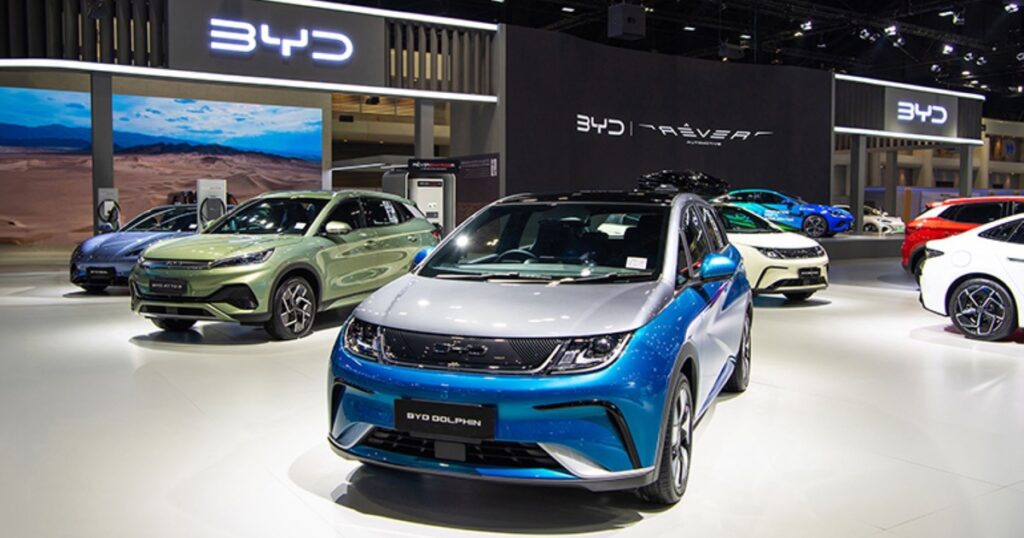It’s an exciting time to be in the auto industry. Maybe a little too exciting. There is so much change going on, coupled with extreme pressure on capital, that the industry is nearing a breaking point.
That’s the warning from a white paper published by the SAE Detroit Section that came out of this year’s Global Leadership Conference. You may not have heard of the GLC before, even though it’s been around for 74 years, because it’s an invitation-only event that has always been off-the-record.
But this year’s discussions and presentations were alarming enough that the organizers decided to publish a white paper that captured the conference proceedings. You can download your own free copy here: https://lnkd.in/gXp74HU3 (Full disclosure: I had a hand in putting it together.)
The white paper points out that the auto industry faces an unrelenting list of daunting challenges. It hits Peak Auto, where car markets in the U.S., Europe, Japan and South Korea have stopped growing. Those markets are actually smaller than they were a decade ago. Electric vehicles are not selling fast enough to pay for the tens of billions of dollars that were invested in making them. Chinese competition, the size and scope of which has never been confronted before, is taking big chunks of market share. And technology is completely changing the way cars and trucks are made. In short, the old order is beginning to crumble.
And yet the old order still plays a significant part of the economy and is a critical part of the national defense. In the U.S, the auto industry accounts for half of the manufacturing in the country. It employs a million people and generates $1 trillion in economic activity. It plays an outsize role in supporting ancillary industries (materials, machinery, robotics, electronics) that are critical for national security. And yet, the U.S. has no strategy to keep the industry competitive and healthy.
At the conference the feeling was that tariffs may be a short-term solution, but they are not going to solve the industry’s problems and probably should be phased out over time.
Of course, the industry has a lot that it needs to do on its own, and the white paper describes a number of them. It has to “unlearn” old engineering practices and policies that are either irrelevant or too slow, or both. Traditional automakers are still building EVs using specs that were developed for internal-combustion-engine vehicles.
For example, the structural beams inside the instrument panels on EVs from some legacy automakers are built to specifications that were needed for cars with piston engines. Those specs were drawn up to eliminate the vibrations that come from piston engines. Yet the EV beams are still built to the old specs, adding cost and weight.
And as difficult as it may be for them to admit, traditional automakers have a lot to learn from Chinese automakers. They move faster and more efficiently than traditional automakers. A key point to keep in mind is that the new Chinese OEMs actually use Tesla as their benchmark. There is a lot to be learned from Tesla and Chinese automakers, just as American automakers learned from the Japanese in the 1980s.
Automakers should also be more collaborative and involve their suppliers at the very beginning of a new vehicle program. Early involvement can unlock suppliers’ creativity to find innovative ways to cut cost. Today, suppliers pretty much have to bid on something that’s already been designed.
By using more common parts involving commodity components, such as windshield wiper motors and tire pressure monitors, automakers can save a lot of time and money. Buying commodity parts “off the shelf” means they don’t have to be designed, engineered and validated. That can save crucial time in product development.
The white paper also points out that the U.S. auto industry should have considerably more political clout in Washington, D.C. The problem is that the domestic automakers often see things differently than the foreign ones. Auto suppliers have their own issues. Dealers have their own lobbying goals, and so does the UAW. They’re never all going to agree on everything, but if they spoke with one voice in support of a national strategy to support the industry, they would wield considerable power.There is considerably more detail in the white paper than what is reported here. And even at that, the paper doesn’t cover all the issues facing the auto industry. It covers what was discussed at the 2024 Global Leadership Conference. But it’s an excellent start toward generating a discussion on developing a national strategy for the automotive industry.


